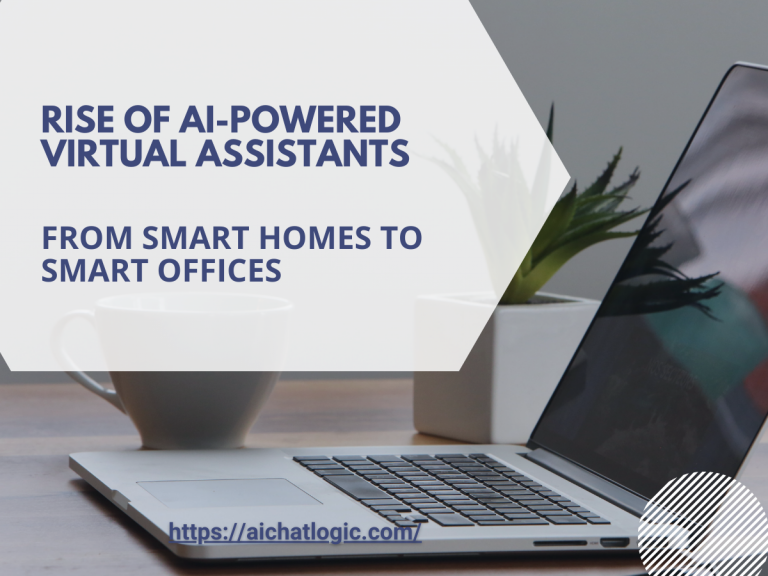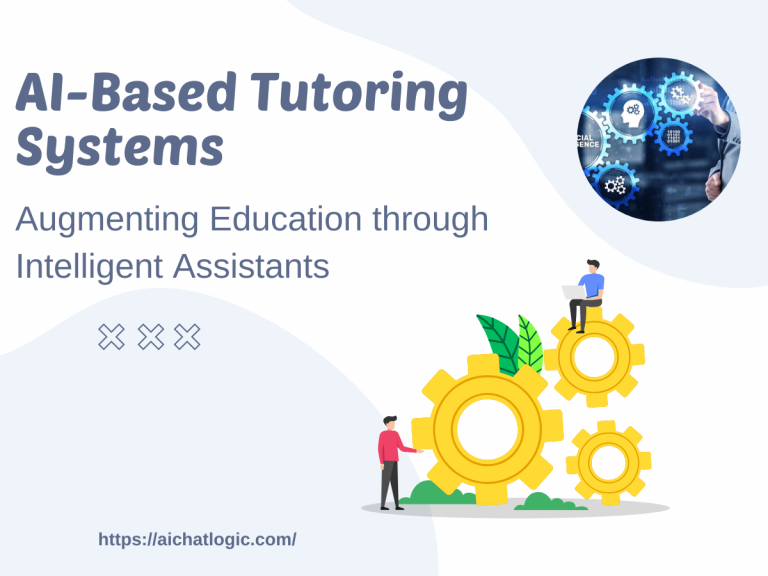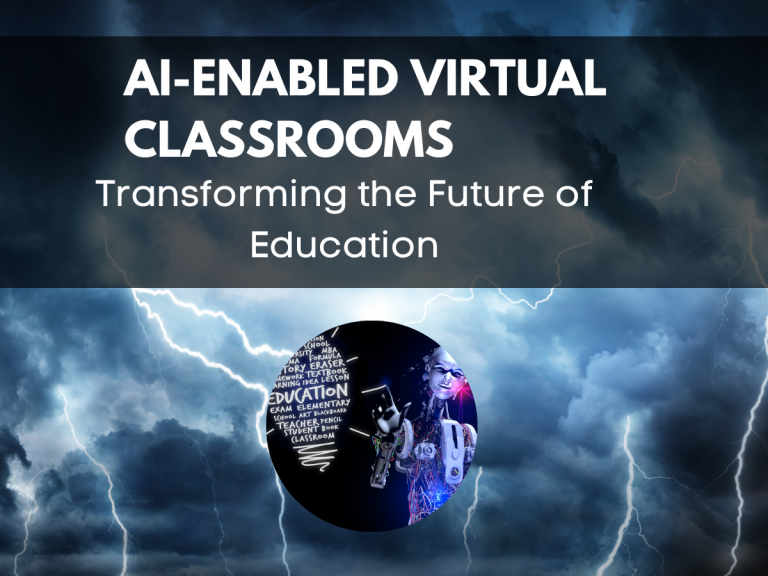1. Introduction
In recent years, the convergence of Artificial Intelligence (AI) and Virtual Reality (VR) technologies has opened up new horizons for immersive experiences. The combination of these cutting-edge technologies has revolutionized industries such as gaming, education, healthcare, and more. This article explores the impact of AI on VR and how it enhances our virtual experiences.
2. Understanding Virtual Reality (VR)
Virtual Reality refers to a simulated environment that can be similar to or completely different from the real world. By wearing a VR headset, users can immerse themselves in a computer-generated environment, often accompanied by auditory and sensory feedback. The goal is to create a sense of presence and make the user feel as if they are physically present in the virtual environment.
3. The Role of Artificial Intelligence (AI) in VR
Artificial Intelligence plays a crucial role in enhancing VR experiences by making them more realistic, interactive, and intelligent. AI algorithms and machine learning techniques enable VR systems to adapt to user behavior, personalize experiences, and provide realistic simulations. AI-powered VR applications can analyze user data, track movements, and respond in real-time, creating an immersive and dynamic environment.
4. Advancements in AI and VR Technology
Recent advancements in AI and VR technology have propelled the capabilities of both fields. Machine learning algorithms have become more sophisticated, allowing VR systems to understand and interpret user actions, gestures, and emotions accurately. In parallel, VR hardware has become more affordable, lightweight, and capable, making it accessible to a broader audience. These advancements have laid the foundation for more immersive and intelligent virtual experiences.
5. Applications of AI in Virtual Reality
AI integration in VR has resulted in a wide range of applications across various industries. Let’s explore some of the key areas where AI and VR are making a significant impact:
5.1. Gaming and Entertainment
AI-powered VR gaming has transformed the way we experience interactive entertainment. Intelligent algorithms enable NPCs (non-player characters) to exhibit human-like behaviors, adapt to user actions, and provide challenging gameplay. Additionally, AI algorithms can analyze player preferences and create personalized gaming experiences tailored to individual users.
5.2. Education and Training
Virtual Reality combined with AI has immense potential in the field of education and training. It allows students to engage in interactive and immersive learning experiences. AI algorithms can customize educational content based on individual learning styles and provide real-time feedback. VR simulations also offer a safe environment for training in fields such as medical procedures, military exercises, and hazardous work scenarios.
5.3. Healthcare and Therapy
AI-powered VR has revolutionized healthcare and therapy by providing innovative solutions for diagnostics, treatment, and rehabilitation. VR simulations, combined with AI algorithms, can aid in the diagnosis of medical conditions, create personalized treatment plans, and assist in pain management. Virtual reality therapy has proven effective in treating phobias, post-traumatic stress disorder (PTSD), and anxiety disorders.
5.4. Architecture and Design
Architects and designers can utilize AI-integrated VR tools to create realistic virtual models of buildings, interiors, and landscapes. AI algorithms can analyze user preferences, optimize design choices, and provide real-time feedback on aesthetics, functionality, and structural integrity. VR environments enable stakeholders to visualize and experience designs before construction, leading to more informed decision-making.
5.5. Tourism and Travel
AI and VR have transformed the tourism and travel industry by offering immersive virtual experiences. Travel agencies and hotels can provide virtual tours of destinations, allowing potential visitors to explore and evaluate their options remotely. AI algorithms can personalize virtual travel experiences based on individual preferences, recommending suitable destinations, accommodations, and activities.
6. Challenges and Limitations of AI and VR Integration
While the integration of AI and VR holds great promise, it also faces several challenges. Achieving seamless integration between AI algorithms and VR systems requires overcoming technical hurdles and optimizing resource utilization. Privacy and ethical concerns related to the collection and use of user data also need to be addressed. Furthermore, the cost of VR hardware and the need for skilled AI developers pose additional barriers to widespread adoption.
7. Future Possibilities and Innovations
As AI and VR technologies continue to advance, the future holds exciting possibilities. We can expect more realistic and interactive VR experiences through advancements in AI algorithms, natural language processing, and computer vision. The development of haptic feedback systems will further enhance the sense of touch in virtual environments. Moreover, the integration of AI and VR with other emerging technologies like augmented reality (AR) and Internet of Things (IoT) will unlock new dimensions of immersive experiences.
8. Frequently Asked Questions (FAQs)
Q1: Can AI make VR experiences more lifelike? Q2: How is AI transforming the gaming industry in VR? Q3: What are the benefits of using AI-integrated VR in education? Q4: Is VR therapy effective for treating mental health conditions? Q5: How can AI and VR enhance architectural design processes?
9. Conclusion
The fusion of AI and VR technologies has resulted in remarkable advancements in immersive experiences. From gaming and education to healthcare and architecture, AI integration in VR opens up new possibilities and enhances user engagement. As AI and VR continue to evolve, we can expect even more realistic, personalized, and intelligent virtual experiences that will reshape various industries and redefine how we interact with digital environments. Embracing this powerful synergy of AI and VR can truly revolutionize the way we perceive and engage with technology.












+ There are no comments
Add yours